Single Best Upgrade for Every Cummins
There’s nothing worse than adding a boatload of horsepower and not being able to enjoy it. Unfortunately, that’s a fairly common occurrence in the diesel performance realm—especially within the Cummins segment, where considerable horsepower can be had on the cheap (and sometimes even for free). But in the rush to add “easy” horsepower, items that aid reliability or better facilitate the use of all that extra twist are often overlooked. For each generation of the legendary inline-six, there are certain shortcomings that should be addressed before they have a chance to ruin your fun.
Looking to turn up the fuel screw on the VE pump in your first-gen? You’ll find yourself up against the 2,500 rpm governor twice as fast unless you upgrade the engine’s governor spring. Ready to transform your P-pumped 12-valve into a 5,000 rpm screamer? You might want to first address the 10-cent dowel pin that’s just waiting to fall into the cam gear and cause all sorts of mayhem. Maybe you’re looking to wake up your ’98.5-’02 24-valve with a programmer? Trust us, spend that cash on a quality lift pump before you’re out a $1,200 injection pump. Want those expensive injectors to last beyond 150,000 miles in your ’03-’07 common-rail? Improve the filtration of the fuel being supplied to them ASAP. Excited to see what 500rwhp feels like in your brand-new 6.7L Cummins? Don’t forget to pay extra for good transmission tuning.
No matter which generation Cummins you own, we’ll highlight the single best upgrade you can make to it below.
’89-’93 5.9L Cummins: 3,200 RPM Governor Spring
The original 5.9L 12-valve offered in Dodge trucks was the epitome of a low-speed diesel. Max engine speed was rated at 2,700 rpm but the governor in the Bosch VE rotary injection pump begins to pull fuel as early as 2,400 rpm. With a factory torque converter stall speed of 2,000-2,200 rpm in trucks equipped with the automatic transmission option, this leaves a tiny window to make power with. Consequently, it means that performing those freebie performance mods like turning up the maximum fuel screw and grinding your fuel pin will only make you hit that rpm wall sooner.
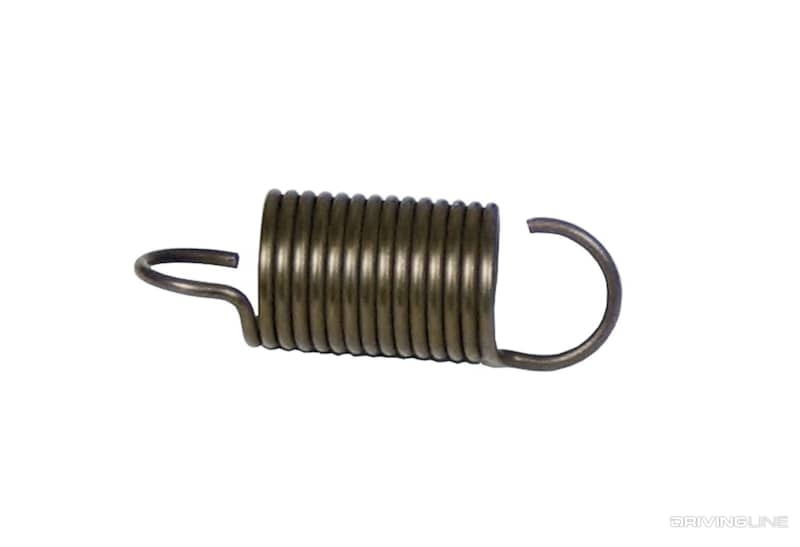
Extending the 5.9L’s operating range calls for a 3,200 rpm governor spring. With this aftermarket spring in place, full fueling of the VE pump extends beyond 3,000 rpm, which not only allows you to make more horsepower but also makes the truck more drivable. Why is 3,200 rpm the magic number? That’s the maximum rpm the factory valve springs are rated to handle. Beyond that, valve float (piston-to-valve contact) becomes a concern. There are literally zero negative side effects associated with this much-needed modification.

’94-’98 5.9L Cummins: Killer Dowel Pin Repair Kit
With well north of 100hp being obtainable by tweaking the P7100 with a few simple hand tools, this one is debatable, but hear us out. With so much potential wrapped up in the P-pumped 12-valve engine, doesn’t it make sense to have peace of mind as you begin to pursue all that extra power? We think so. A problem for all ’89-’02 5.9Ls, a dowel pin was installed during original engine assembly at Cummins in order to align the timing gear housing on the block. Over time, and after years of vibration and thousands of heating and cooling cycles, the steel pin can back out of the block and fall into the cam gear, be drawn into the P-pump’s drive gear and even the crank gear.
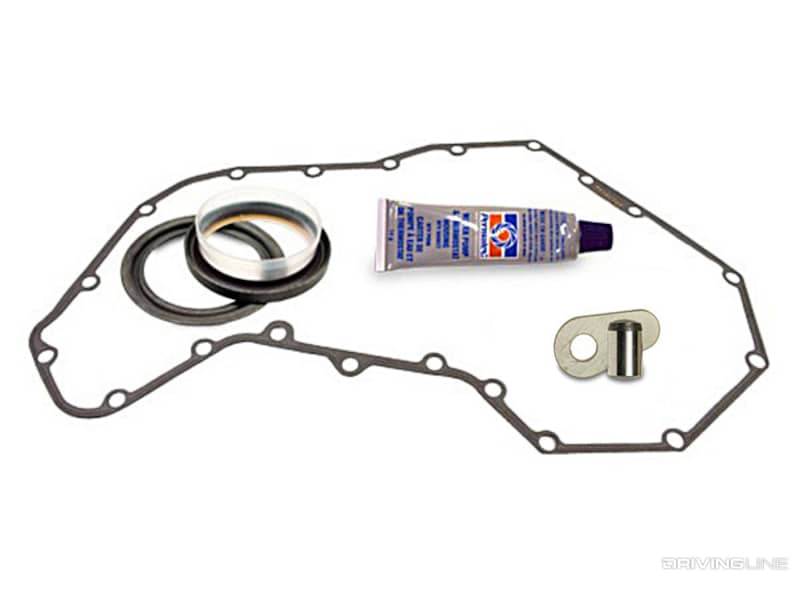
While a bit laborious to access, the parts required to eliminate the threat of the killer dowel pin striking are extremely cheap. Many all-inclusive killer dowel pin repair kits are available in the aftermarket and they work by installing a locking tab over the dowel pin. Because the dowel pin can only come out one way (the radiator side of the engine), the retaining tab essentially locks the dowel pin in the block forever.
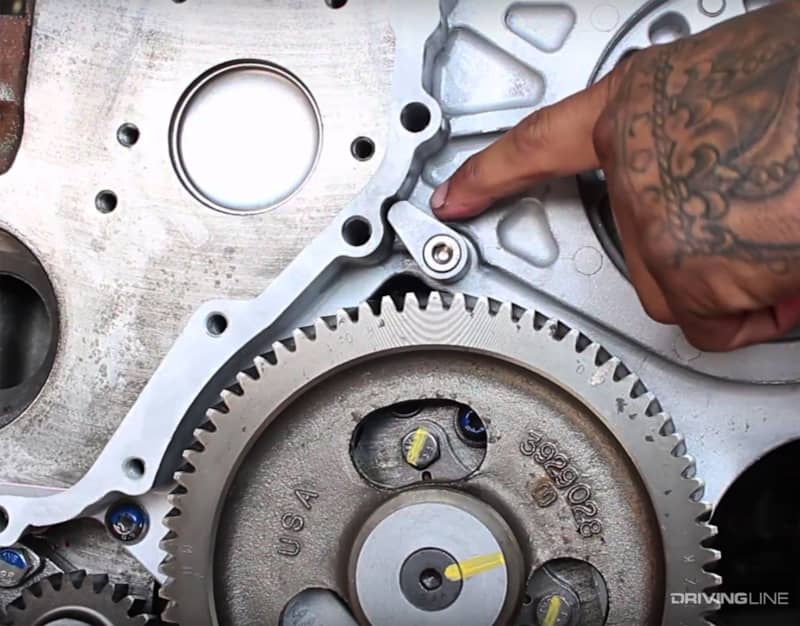
’98.5-’02 5.9L Cummins: Electric Replacement Lift Pump
Almost all drivability-related issues associated with the ’98.5-’02 24-valve Cummins are caused by the VP44 injection pump. Like the VE pump employed on ’89-’93 engines, the VP44 is a distributor style, rotary type injection pump. However, the VP44 sports an onboard computer integrated into the top of the pump. Both the mechanical side of the VP44 and its ECU rely on fuel being supplied by an electric lift pump to keep them cool. When the lift pump fails or (more often) dies a slow death, so too does the VP44. If a minimum of 5-psi worth of fuel supply pressure isn’t maintained to the VP44 under load, the internal diaphragm will be damaged.
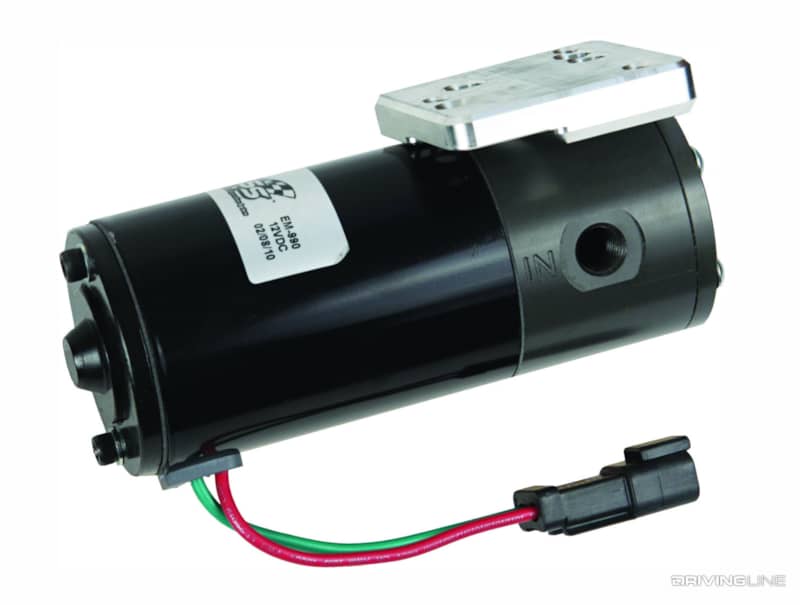
With the factory lift pumps on ’98.5-’02 engines notorious for failure (which in turn takes out the VP44), aftermarket companies like FASS and AirDog stepped in with direct replacement pump alternatives. Both products flow more than twice the fuel volume of the factory pump, along with delivering more supply (15 psi) and return pressure (note that return supply is what cools the VP44’s integrated computer). The AirDog version conveniently mounts along the engine block while the FASS pump can be installed near the tank to lighten its workload, but both pumps outperform and outlast the factory unit—which means the VP44 lives a longer, happier life.
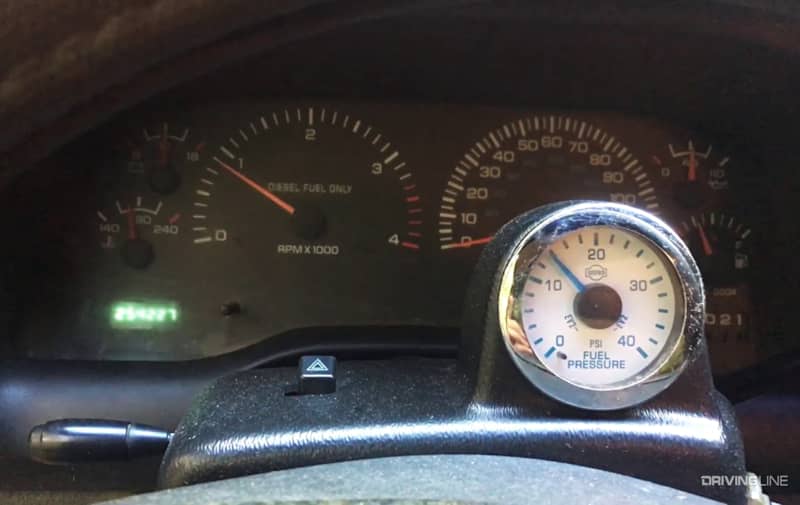
’03-’07 5.9L Cummins: Better Fuel Filtration
Higher pressure, tighter tolerances and more jobs to perform help differentiate an electronically controlled common-rail injector from the mechanical units of yesteryear. In 2003, common-rail injection was still in its infancy (especially as it pertains to diesel pickups), so there were some growing pains associated with Cummins’ first go-round with this new-age fuel system technology—particularly in the filtration department. With microscopic impurities present in all diesel fuel (modern day ULSD included), the Chrysler-supplied, 7-micron factory fuel filter is to blame for much of the 5.9L common-rail’s premature injector wear and early failure rates. (It’s believed that both Bosch and Cummins recommended Chrysler use a filter with a 2-to-4-micron rating).
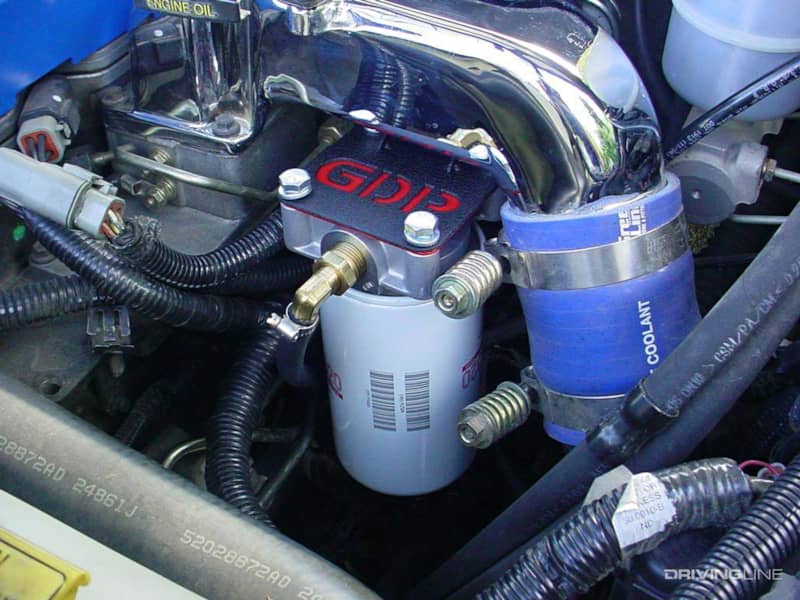
With new common-rail 5.9L injectors running as much as $450 apiece, it’s no wonder ’03-’07 Dodge owners are interested in improved fuel filtration. A lower micron fuel filter can be installed in the factory filter housing on the engine, but adding an additional fuel filter that filters down to 2 microns in conjunction with the OEM fuel supply system has proven to be an effective way of extending the life of the injectors. Companies like Glacier Diesel Power and Throttle-Up Industries (dieselfuelfilterkits.com) sell bolt-on kits that offer added, finer filtration that—provided you observe regular maintenance intervals—can keep these injectors alive for 200,000 miles or more.
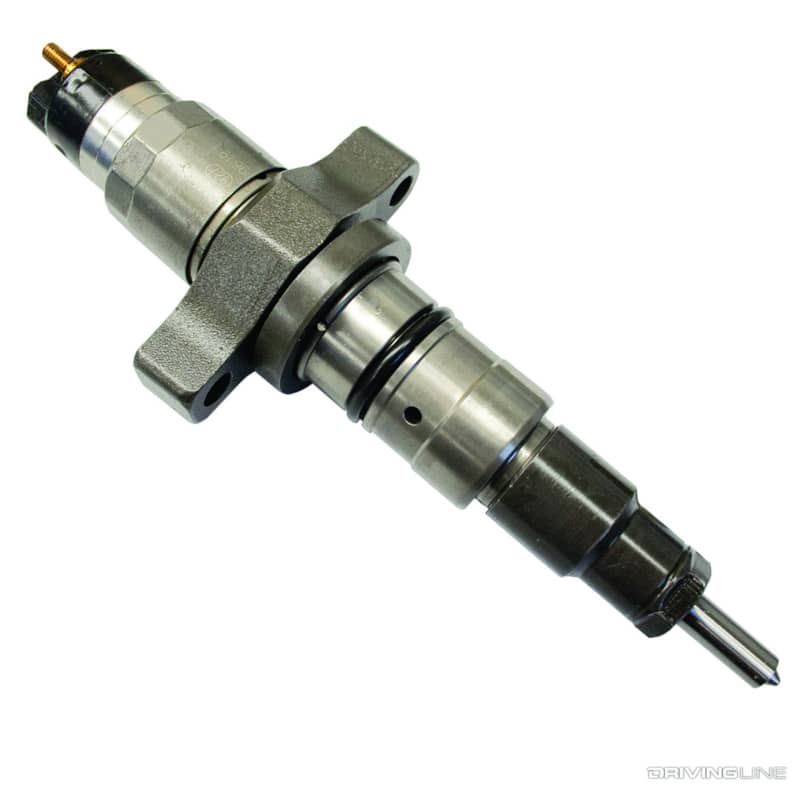
’07.5-’18 6.7L Cummins: TCM Tuning
Aside from the 6.7L Cummins’ refined operation and tremendous performance potential, Chrysler’s six-speed 68RFE automatic transmission (the transmission most ’07.5-present Ram owners opt for) is a great improvement over the three and four-speed versions offered before it. However, while different in design than the banded TorqeFlite 727, A518, 47RH/RE and 48RE, the 68RFE can still crumble under the added power from even minor engine modifications. Although the torque converter can balloon and the overdrive clutches are known to slip, most of the 68RFE’s issues in handling added horsepower and torque boil down to the factory calibration of the transmission control module (TCM).
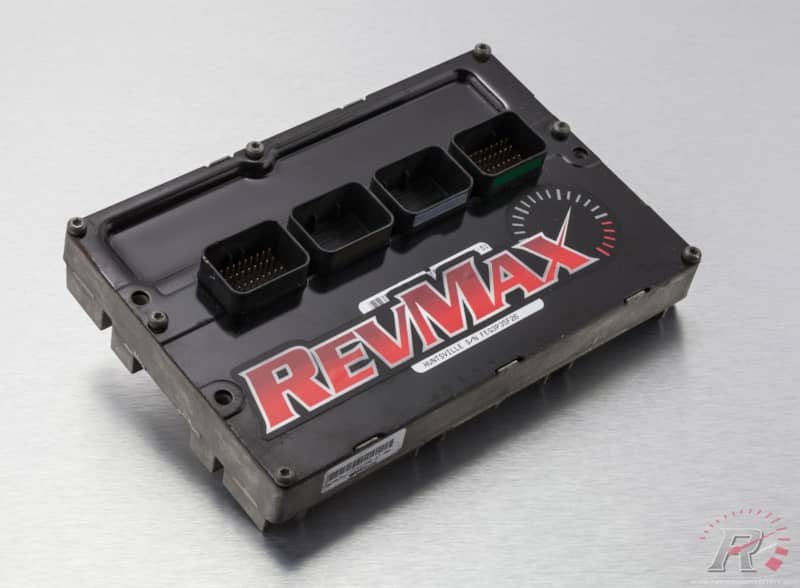
Many 6.7L owners are going to install aftermarket ECM tuning on their trucks no matter what, so it pays to promote the fact that TCM tuning, although an added cost, will prolong the life of the stock 68RFE substantially. By ramping up line pressure (more clutch holding capacity), changing shift points (no more short-shifting) and fine-tuning the torque converter’s lockup strategy, a good calibrator will not only give you a more efficient and reliable overall package, but also a much more usable power window. For reputable TCM tuning, look no further than Motor Ops, Calibrated Power, PPEI or RevMax Converters.
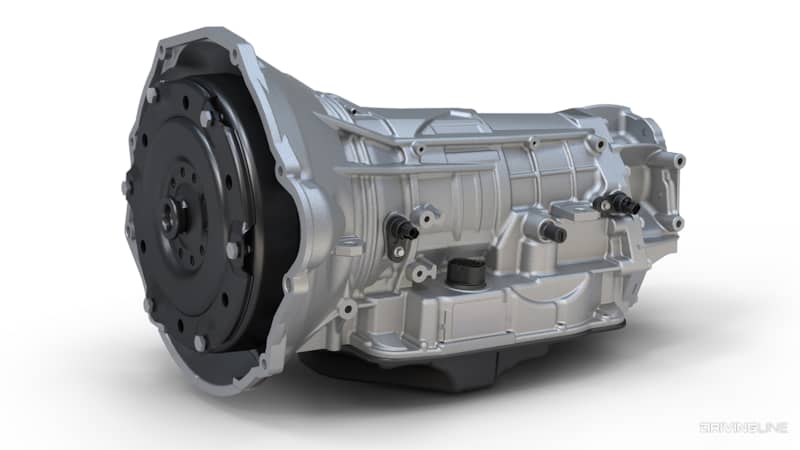
More From Driving Line
- Want to know what is the single best upgrade for every Power Stroke? We've got you covered!







